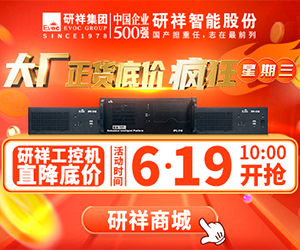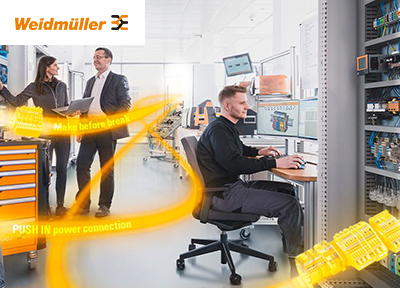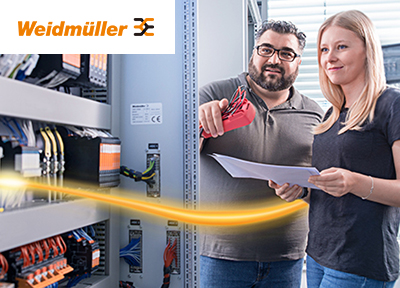Engineers drove the development of gigabit Ethernet, but it’s use is not always practical. This article will help guide the decision-making process.
Engineering-Driven Ethernet Read more articles on industrial Ethernet.
Using gigabit Ethernet is a lot like having the fastest car in the world. Just as most current highways can’t accommodate a car that operates that fastCONTROL ENGINEERING China版权所有, a substantial portion of installed Ethernet devices are incapable of leveraging gigabit Ethernet speedwww.cechina.cn, which is 10 times
Howeverwww.cechina.cn, this situation is beginning to change. Some Ethernet environments, such as large-scale newspaper printing plants, demand high bandwidth and users are converting to gigabit Ethernet. Also, as speed becomes an issue in other industrial application areas, more users are considering, and then converting to控制工程网版权所有, gigabit Ethernet. And, as more applications are built requiring gigabit Ethernetwww.cechina.cn, the industry will gradually transition and make gigabit Ethernet the established standard.
Several challenges
Today, Howeverwww.cechina.cn, there are several challenges to consider when implementing gigabit Ethernet:
Interconnection problems. How do you choose the right equipment? What is the best way to connect gigabit Ethernet?
Installation and reliability. Is gigabit Ethernet difficult to install and will it produce interference problems?
High-bandwidth challenge. Many applications don’t currently require extra speedwww.cechina.cn, making it difficult to justify the expense of converting to gigabit Ethernet. Howeverwww.cechina.cn, a growing number of critical applications can benefit from it.
What is gigabit Ethernet?
First developed from research by Xerox Corp. in the 1970s, Ethernet was implemented in the 1980s and has since grown to dominate the networking market. The advent of a fast Ethernet protocol increased data transmission speed from


 在线会议
在线会议 论坛
论坛 专题
专题 工控直播
工控直播 新闻中心
新闻中心 子站
子站 技术
技术 社区
社区



 IDEC HR8S系列新一代安全继电器有奖试用活动
IDEC HR8S系列新一代安全继电器有奖试用活动 2025(第二十一届)年度最佳产品奖有奖投票中
2025(第二十一届)年度最佳产品奖有奖投票中 AVEVA剑维软件食品饮料行业白皮书有奖下载
AVEVA剑维软件食品饮料行业白皮书有奖下载 立即有奖下载TE重载连接器选型指南
立即有奖下载TE重载连接器选型指南 2025(第十四届)全球自动化和制造主题峰会
2025(第十四届)全球自动化和制造主题峰会































